About EtherFi (ETHFI)
EtherFi (ETHFI) is a decentralized staking protocol designed to address some of the key barriers to entry for Ethereum (ETH) staking, focusing particularly on increasing accessibility for validators while maintaining a non-custodial approach. EtherFi aims to democratize Ethereum staking by offering a platform that lowers the technical and financial requirements for validators to participate in staking, all while improving decentralization in the Ethereum validator scene.
EtherFi began its journey long before the EigenLayer launch, recognizing the need to simplify ETH staking for a wider audience. With the launch of its non-custodial staking service, EtherFi provides users with a way to stake ETH in 32 ETH increments, ensuring that stakers retain full control of their tokens, even while delegating to trusted node operators. Additionally, EtherFi works on furthering decentralization in the Ethereum ecosystem by introducing Distributed Validator Technology (DVT), allowing for more secure and diversified validator operations.
Key Features of EtherFi (ETHFI)
- Decentralized Validator Ecosystem:
- EtherFi aims to decentralize the Ethereum validator ecosystem, allowing independent node operators to participate in staking without relying on large, centralized platforms. This helps increase network security and decentralization.
- Non-Custodial Staking:
- EtherFi allows users to stake ETH through a non-custodial service, meaning users retain full control of their staking keys and withdrawal rights. This ensures that stakers maintain ownership and control over their tokens at all times.
- Distributed Validator Technology (DVT):
- EtherFi leverages DVT to distribute validator keys across multiple operators. This minimizes risks associated with the failure or compromise of a single validator and ensures a more decentralized and secure validator network. DVT also increases fault tolerance, making the network more resilient.
- Two Paths for Staking: EtherFi offers two primary paths for users to participate in Ethereum staking:
- Path 1: Permissionless Staking via DVT:
- Users can participate by providing their own hardware and a 2 ETH bond. EtherFi contributes the remaining 30 ETH needed to form a full 32 ETH validator stake. The platform also provides technical support to users to help them set up and maintain their validators.
- Path 2: Operation Solo Staker:
- This option requires users to undergo a KYC (Know Your Customer) and selection process. Users must provide their own hardware, but in this path, they do not need to provide the 2 ETH bond required in Path 1. EtherFi provides the full 32 ETH necessary for staking, making it easier for individuals who don’t have the capital to run a full validator.
- Path 1: Permissionless Staking via DVT:
- Geographical Distribution of Validators:
- EtherFi prioritizes geographical decentralization, ensuring that validator operations are spread across a network of diverse and independent node operators. This reduces the risk of centralization and further strengthens the Ethereum network.
- Lower Barriers to Entry:
- By offering two staking paths and distributed validator technology, EtherFi significantly lowers the barriers for users to participate in Ethereum staking. This is important because traditional staking usually requires users to have a minimum of 32 ETH and technical expertise to run their own validator node, which can be prohibitive for many potential participants.
How EtherFi Works
EtherFi simplifies the staking process for Ethereum by offering two different user paths that allow for permissionless and flexible participation in staking.
- Path 1: Permissionless Staking via DVT:
- In this model, users are able to participate in Ethereum staking without needing to meet the full 32 ETH threshold on their own. Users are required to provide a 2 ETH bond as a security deposit and their own hardware for staking. EtherFi then supports users with the remaining 30 ETH required to form a 32 ETH validator stake.
- DVT ensures that the validator keys are distributed across multiple independent node operators, enhancing security and reducing the risk of centralization.
- EtherFi offers technical assistance throughout the process, providing support to ensure that users can stake effectively.
- Path 2: Operation Solo Staker:
- For those who prefer to handle their staking in a more self-contained manner, Operation Solo Staker offers an alternative. Users must pass through a KYC and selection process, ensuring they meet EtherFi’s standards for staking operations.
- Hardware requirements are still necessary, but the major difference here is that EtherFi provides the full 32 ETH required for staking, eliminating the need for users to provide their own ETH.
- This path gives users more flexibility while reducing the capital needed for staking participation.
Benefits of EtherFi
- Enhanced Decentralization:
- By using Distributed Validator Technology (DVT), EtherFi enhances the decentralization of Ethereum’s validator ecosystem, ensuring that validator operations are distributed across diverse and independent operators. This reduces the risk of centralization and makes the Ethereum network more secure.
- Non-Custodial Model:
- EtherFi’s non-custodial staking model ensures that users retain control of their ETH at all times. They are never required to entrust their tokens to a third-party custodian, which provides greater security and peace of mind.
- Increased Accessibility:
- EtherFi provides a lower barrier to entry for Ethereum staking, allowing users to participate in staking even if they don’t have 32 ETH to stake themselves. By offering flexible staking paths, EtherFi makes it easier for both individual users and smaller validators to engage in the Ethereum staking process.
- Security and Fault Tolerance:
- With DVT and geographically distributed validators, EtherFi reduces risks related to validator downtime or single points of failure. This increases the overall security and fault tolerance of the staking infrastructure.
- Stake Participation Flexibility:
- Users have the flexibility to choose their staking path based on their resources and preferences. Whether they choose the permissionless option with their own hardware or the more guided Operation Solo Staker path, EtherFi offers a range of options for participants at different experience levels.
The Future of EtherFi
EtherFi’s initiatives to decentralize the Ethereum validator ecosystem and offer a non-custodial, flexible staking solution position it as a key player in the future of Ethereum’s staking landscape. By utilizing Distributed Validator Technology, EtherFi is addressing some of the most pressing challenges in Ethereum staking, including centralization and the technical complexity of node operation. The protocol’s focus on lowering the barriers to entry for Ethereum staking while enhancing decentralization is likely to have a lasting impact on the Ethereum network, contributing to the overall security, scalability, and decentralization of Ethereum.
EtherFi’s continued development and growth will likely drive increased adoption and participation in Ethereum staking, allowing for a more decentralized and accessible Ethereum ecosystem. With the launch of its staking services and innovative use of DVT, EtherFi is helping to shape the future of Ethereum 2.0 and the broader Ethereum ecosystem.


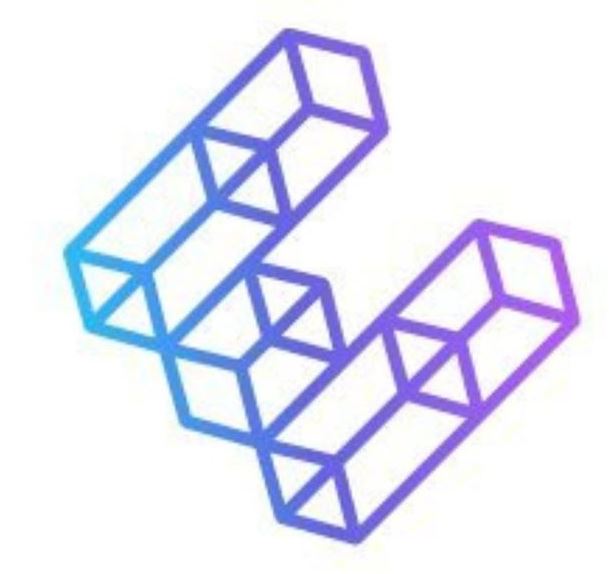

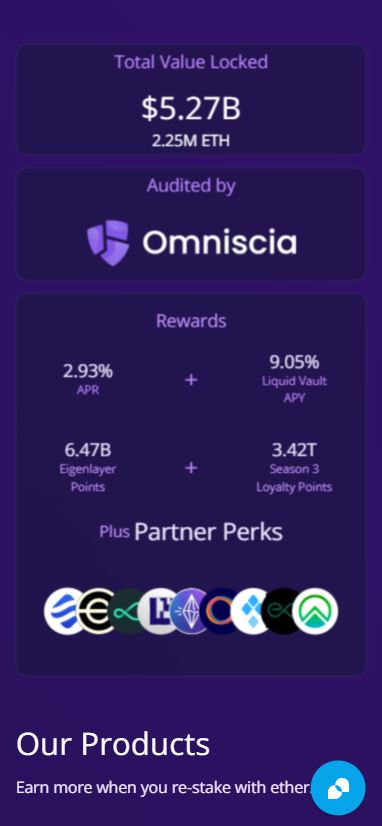
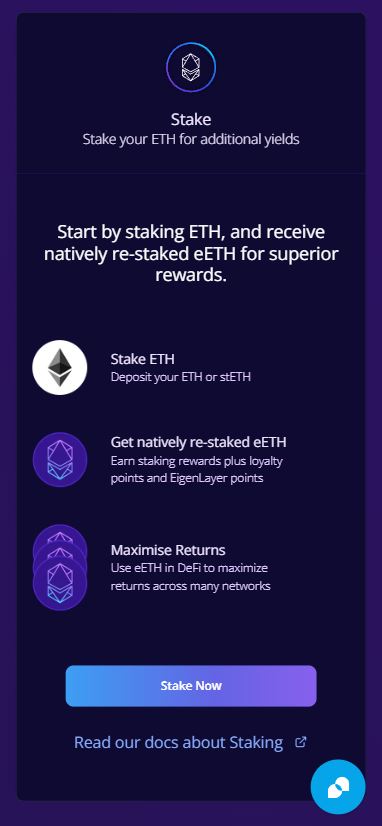

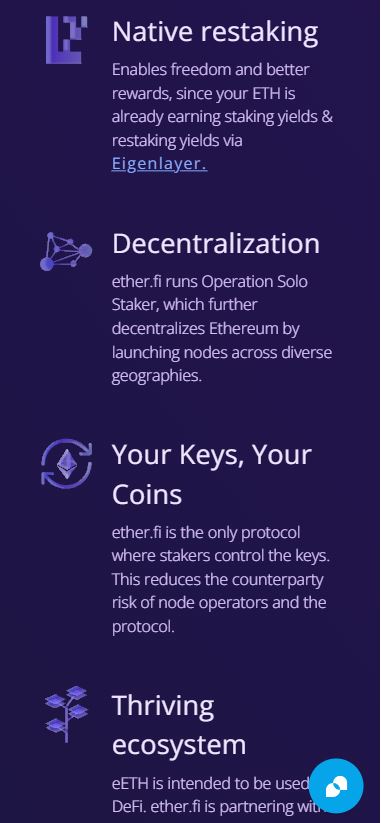

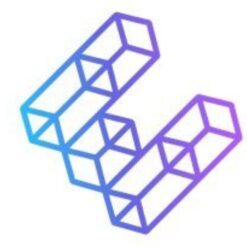

















nguyenbathanh007 –
Ok